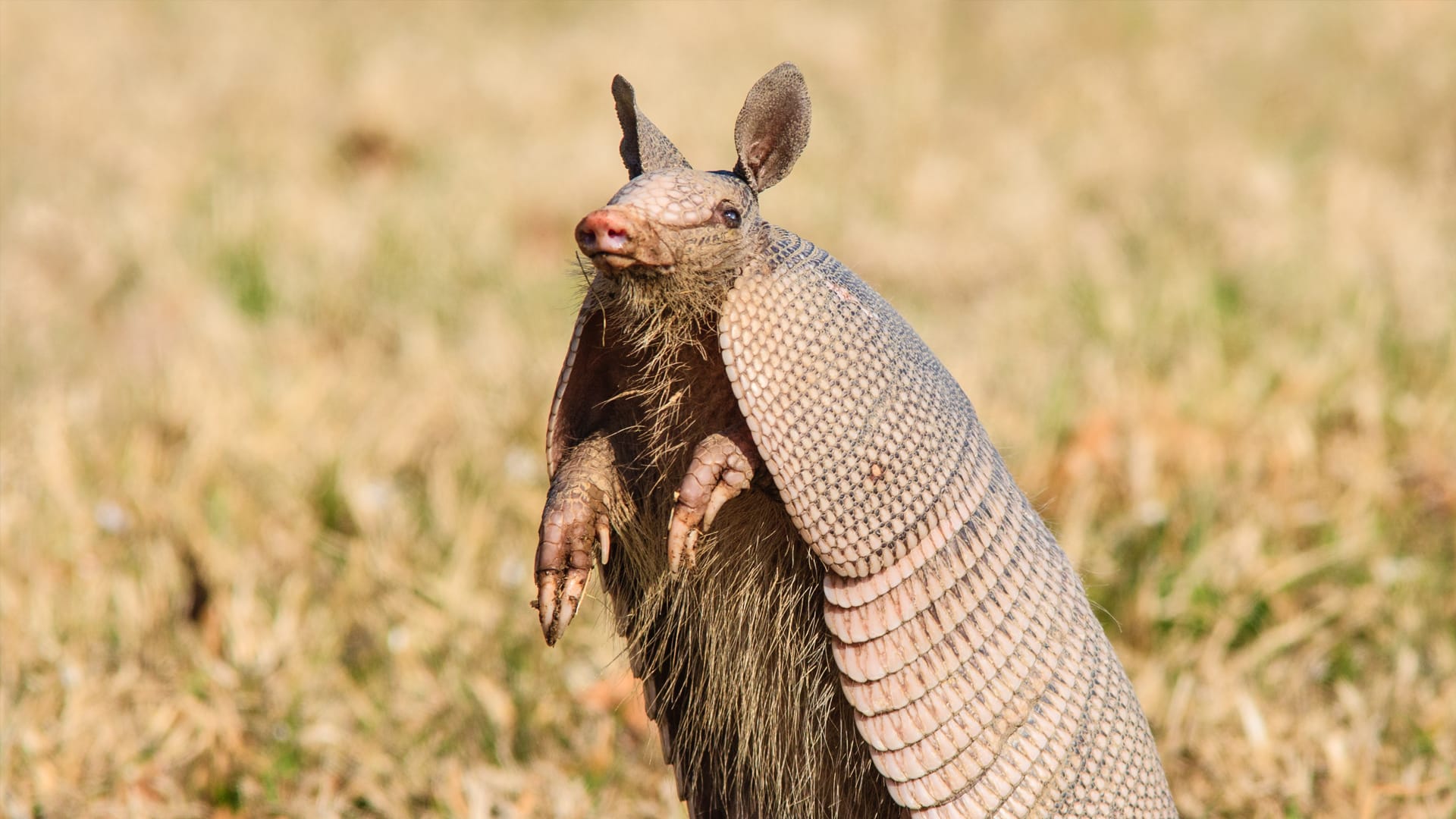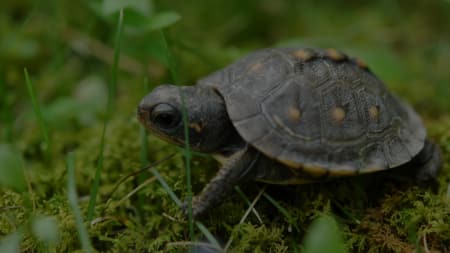Scroll for prep

Please wait…
This video is having trouble loading. You may have lost your Internet connection.
Step 1: Click to Reload this page
Step 2: Click to
Try our other video player
Step 3: contact support if trouble persists.
Or,
dismiss this message.

Please wait…
This video is having trouble loading. You may have lost your Internet connection.
Step 1: Click to Reload this page
Step 2: Click to
Try our other video player
Step 3: contact support if trouble persists.
Or,
dismiss this message.
DISCUSS:
Why does a flying squirrel need to see in the dark, climb a tree, and fly?
Why does a flying squirrel need to see in the dark, climb a tree, and fly?

Please wait…
This video is having trouble loading. You may have lost your Internet connection.
Step 1: Click to Reload this page
Step 2: Click to
Try our other video player
Step 3: contact support if trouble persists.
Or,
dismiss this message.

Please wait…
This video is having trouble loading. You may have lost your Internet connection.
Step 1: Click to Reload this page
Step 2: Click to
Try our other video player
Step 3: contact support if trouble persists.
Or,
dismiss this message.
DISCUSS:
How could you put “A flying squirrel” and “ways to protect itself” together into
one sentence? You can take out words or add in words to make a sentence.
How could you put “A flying squirrel” and “ways to protect itself” together into
one sentence? You can take out words or add in words to make a sentence.

Please wait…
This video is having trouble loading. You may have lost your Internet connection.
Step 1: Click to Reload this page
Step 2: Click to
Try our other video player
Step 3: contact support if trouble persists.
Or,
dismiss this message.

Please wait…
This video is having trouble loading. You may have lost your Internet connection.
Step 1: Click to Reload this page
Step 2: Click to
Try our other video player
Step 3: contact support if trouble persists.
Or,
dismiss this message.
Step
01/17
01/17
Get your supplies.
Stack your papers with your First Draft sheet on top.
Stack your papers with your First Draft sheet on top.

Please wait…
This video is having trouble loading. You may have lost your Internet connection.
Step 1: Click to Reload this page
Step 2: Click to
Try our other video player
Step 3: contact support if trouble persists.
Or,
dismiss this message.
Step
02/17
02/17
In today’s lesson, you’ll need a partner to share ideas with.
When everyone has a partner, click the arrow on the right to
move to the next step.
When everyone has a partner, click the arrow on the right to
move to the next step.

Please wait…
This video is having trouble loading. You may have lost your Internet connection.
Step 1: Click to Reload this page
Step 2: Click to
Try our other video player
Step 3: contact support if trouble persists.
Or,
dismiss this message.
Step
03/17
03/17
Look at your First Draft worksheet. Take turns reading your
sentences aloud to your partner. Think about how each sentence
connects to your Main Idea – the ways your animal protects itself.
sentences aloud to your partner. Think about how each sentence
connects to your Main Idea – the ways your animal protects itself.

Please wait…
This video is having trouble loading. You may have lost your Internet connection.
Step 1: Click to Reload this page
Step 2: Click to
Try our other video player
Step 3: contact support if trouble persists.
Or,
dismiss this message.
Step
04/17
04/17
Here’s the beginning sentence that Amani wrote. Let’s read his
sentence out loud together. Ready? Read along with me.
sentence out loud together. Ready? Read along with me.

Please wait…
This video is having trouble loading. You may have lost your Internet connection.
Step 1: Click to Reload this page
Step 2: Click to
Try our other video player
Step 3: contact support if trouble persists.
Or,
dismiss this message.
Step
05/17
05/17
Look for Amani’s topic in the sentence on the screen.
When you see his topic, point to it.
When you see his topic, point to it.

Please wait…
This video is having trouble loading. You may have lost your Internet connection.
Step 1: Click to Reload this page
Step 2: Click to
Try our other video player
Step 3: contact support if trouble persists.
Or,
dismiss this message.
Step
06/17
06/17
Now move your Beginnings & Endings sheet to the top of your stack.
Find #1. You’ll see a sentence with a blank space where Amani had
his topic. Fill in the blank with your topic — the name of your animal.
Find #1. You’ll see a sentence with a blank space where Amani had
his topic. Fill in the blank with your topic — the name of your animal.

Please wait…
This video is having trouble loading. You may have lost your Internet connection.
Step 1: Click to Reload this page
Step 2: Click to
Try our other video player
Step 3: contact support if trouble persists.
Or,
dismiss this message.
Step
07/17
07/17
Amani decided to write another sentence that says more about
why a flying squirrel needs to protect itself. He added “from hungry
cats” to his sentence. Let’s read his new sentence out loud together.
why a flying squirrel needs to protect itself. He added “from hungry
cats” to his sentence. Let’s read his new sentence out loud together.

Please wait…
This video is having trouble loading. You may have lost your Internet connection.
Step 1: Click to Reload this page
Step 2: Click to
Try our other video player
Step 3: contact support if trouble persists.
Or,
dismiss this message.
Step
08/17
08/17
Now think about your animal. Tell your partner what enemy your
animal is protecting itself from. Talk about words you could use to
describe it. Take turns so both partners get to talk.
animal is protecting itself from. Talk about words you could use to
describe it. Take turns so both partners get to talk.

Please wait…
This video is having trouble loading. You may have lost your Internet connection.
Step 1: Click to Reload this page
Step 2: Click to
Try our other video player
Step 3: contact support if trouble persists.
Or,
dismiss this message.
Step
09/17
09/17
Find #2 on your worksheet. Add your ideas to finish the sentence.
Write the name of your animal on the solid line. Write the name of
your animal’s enemy on the dashed line.
Write the name of your animal on the solid line. Write the name of
your animal’s enemy on the dashed line.

Please wait…
This video is having trouble loading. You may have lost your Internet connection.
Step 1: Click to Reload this page
Step 2: Click to
Try our other video player
Step 3: contact support if trouble persists.
Or,
dismiss this message.
Step
10/17
10/17
Amani wanted to write one more beginning sentence. He realized
that flying squirrels were really good at escaping from their
enemies. So he wrote a new sentence. Read his sentence together.
that flying squirrels were really good at escaping from their
enemies. So he wrote a new sentence. Read his sentence together.

Please wait…
This video is having trouble loading. You may have lost your Internet connection.
Step 1: Click to Reload this page
Step 2: Click to
Try our other video player
Step 3: contact support if trouble persists.
Or,
dismiss this message.
Step
11/17
11/17
Amani wrote these three descriptions of ways that different
animals protect themselves. You’re going to choose the one
that matches your animal the best. Discuss:
animals protect themselves. You’re going to choose the one
that matches your animal the best. Discuss:

Please wait…
This video is having trouble loading. You may have lost your Internet connection.
Step 1: Click to Reload this page
Step 2: Click to
Try our other video player
Step 3: contact support if trouble persists.
Or,
dismiss this message.
Step
12/17
12/17
Choose the description that fits your animal. Say your animal’s
name quietly, then read the description you chose. That’s a great
beginning sentence. Write it down on #3.
name quietly, then read the description you chose. That’s a great
beginning sentence. Write it down on #3.

Please wait…
This video is having trouble loading. You may have lost your Internet connection.
Step 1: Click to Reload this page
Step 2: Click to
Try our other video player
Step 3: contact support if trouble persists.
Or,
dismiss this message.
Step
13/17
13/17
Now you have three sentences. Any of them would be a good
beginning for your sign. Read each one silently. Draw a smiley
face by your favorite, the one you want to use on your sign.
beginning for your sign. Read each one silently. Draw a smiley
face by your favorite, the one you want to use on your sign.
If you need a natural stopping point! Teachers: If you are running out of time, you can stop here and teach the rest of the lesson in another session. The last few steps show how to write an ENDING sentence. If you stop here, be sure to put all the VIPs somewhere safe!
If you’re continuing right now, go to the next slide.

Please wait…
This video is having trouble loading. You may have lost your Internet connection.
Step 1: Click to Reload this page
Step 2: Click to
Try our other video player
Step 3: contact support if trouble persists.
Or,
dismiss this message.

Please wait…
This video is having trouble loading. You may have lost your Internet connection.
Step 1: Click to Reload this page
Step 2: Click to
Try our other video player
Step 3: contact support if trouble persists.
Or,
dismiss this message.
Step
14/17
14/17
Think about how your animal’s enemy might feel after your
animal escapes. Tell your partner how you think your animal’s
enemy might feel. Take turns so both partners get to talk.
animal escapes. Tell your partner how you think your animal’s
enemy might feel. Take turns so both partners get to talk.

Please wait…
This video is having trouble loading. You may have lost your Internet connection.
Step 1: Click to Reload this page
Step 2: Click to
Try our other video player
Step 3: contact support if trouble persists.
Or,
dismiss this message.
Step
15/17
15/17
Look at #4. Put the name of your animal’s enemy on the dashed
line. Put your animal’s name on the solid line. Put how the enemy
feels in the box.
line. Put your animal’s name on the solid line. Put how the enemy
feels in the box.

Please wait…
This video is having trouble loading. You may have lost your Internet connection.
Step 1: Click to Reload this page
Step 2: Click to
Try our other video player
Step 3: contact support if trouble persists.
Or,
dismiss this message.
Step
16/17
16/17
If you want to, and if you have time, add what your animal
would say to its enemy at the end of your sentence. You can
write it on the dotted line.
would say to its enemy at the end of your sentence. You can
write it on the dotted line.

Please wait…
This video is having trouble loading. You may have lost your Internet connection.
Step 1: Click to Reload this page
Step 2: Click to
Try our other video player
Step 3: contact support if trouble persists.
Or,
dismiss this message.
Step
17/17
17/17
You have finished a draft of the whole sign. Great job! Next time,
you’ll be putting all the parts together to make a complete sign.
Before you go, make sure you put your VIPs somewhere safe.
you’ll be putting all the parts together to make a complete sign.
Before you go, make sure you put your VIPs somewhere safe.
🎉
That’s it for this lesson! How did it go?
Extend this lesson
Sign up now for more great lessons!



